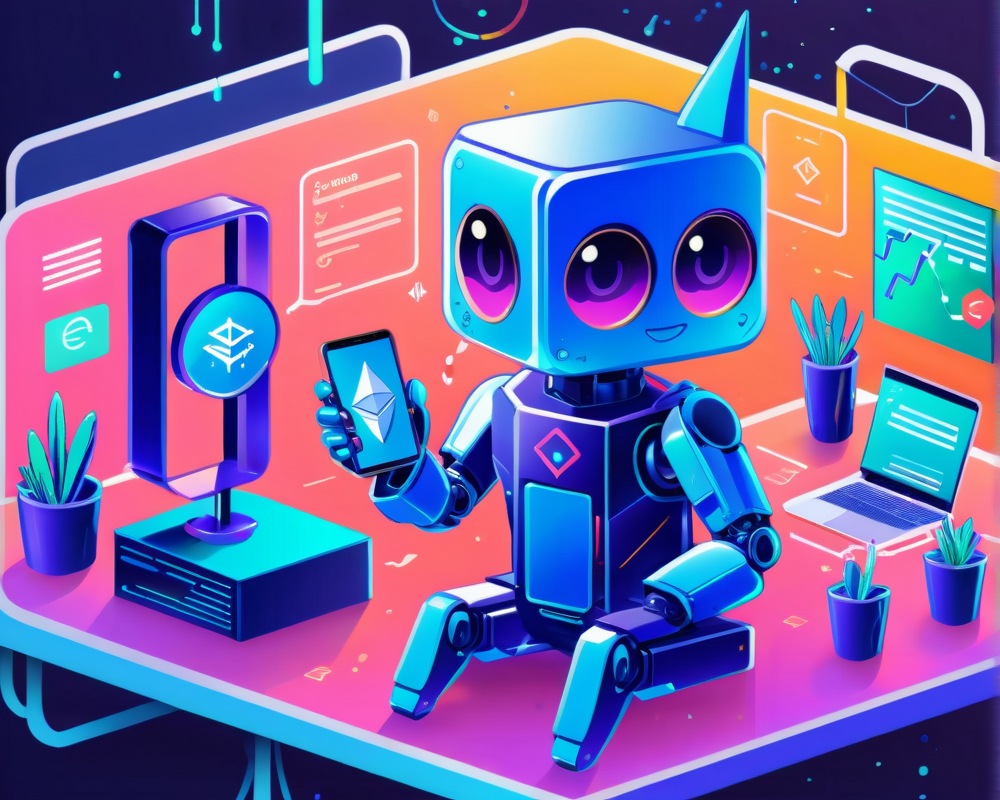Revolutionizing Ethereum: ChatGPT 4’s Vulnerability Detection
ChatGPT 4 has taken the online world by storm, especially with its newfound ability to shine a spotlight on Ethereum smart contracts. The AI system doesn’t just ace tests like a brainy high schooler on caffeine; it also uncovers potential security gaffes in code. It’s like having a watchful guardian for your blockchain projects that never sleeps (or requires a coffee break).
SAT Scores and Blazing Academic Performance
When OpenAI rolled out GPT-4, they boasted about its knack for human-level performance on various tests. We’re talking SAT scores that would make a typical teenager sweat. It’s not just smart; it’s a genius that can pen perfect essays while simultaneously solving complex problems and, yes, raving about the latest TikTok dance craze.
ChatGPT vs. Hackers: The Security Showdown
What if your Ethereum smart contract could get an instant security audit? Well, that’s what Conor Grogan of Coinbase did when he ran a live contract through ChatGPT. Within seconds, it flagged numerous vulnerabilities as if it had radar for weak spots. As if that wasn’t impressive enough, ChatGPT even provided a way to exploit the contract—talk about a double-edged sword in the digital age!
The Voices from ETHDubai: Developers Chime In
During the ETHDubai conference, journalist Ezra Reguerra engaged with developers like Salman Arshad, who spoke highly of ChatGPT’s role in the shifting landscape of blockchain security. Arshad views AI tools not as a threat but as a partner in productivity: “ChatGPT and AI tools are a blessing; they are not our enemies and are not here to end the career of a developer.” It seems like the developers have found an unexpected ally in AI rather than a rival.
The Future: Human-AI Collaboration in Blockchain
As the developers gathered to discuss the future, Syed Ghazanfer chimed in with a witty reminder: for ChatGPT to completely take over, it would need clarity in commands that just aren’t native in everyday language. So, what’s gained here? Automation of tasks and a friendly assistant that boosts productivity without replacing the human touch. And who doesn’t want a sidekick that can simplify complex documentation?




